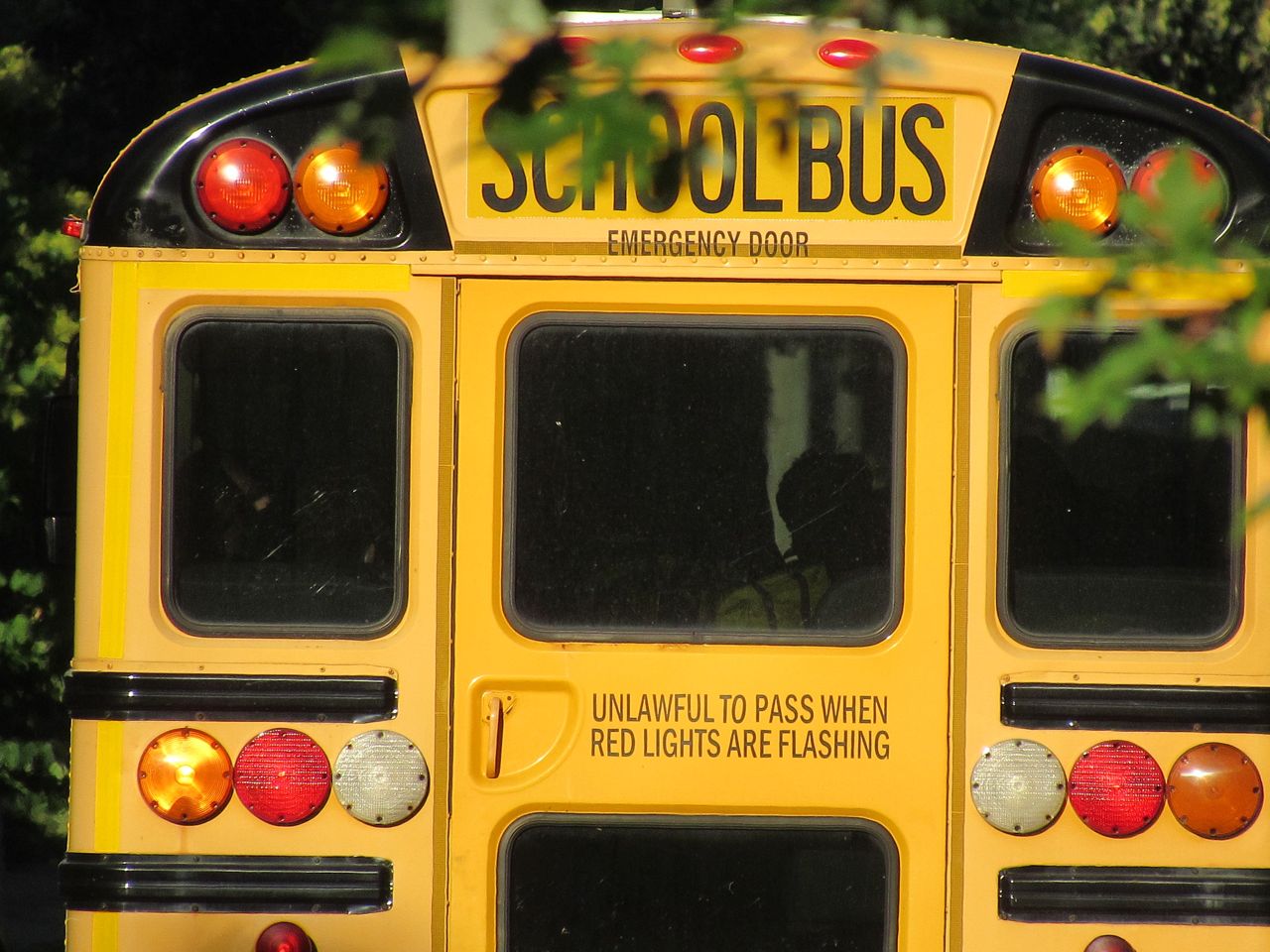

Share
A shortage of school bus drivers hampered the start of school in St. Paul and districts across the state this fall, but it came as no surprise to local union leaders, who have long pushed officials to head off the crisis with better wages and benefits, including unemployment insurance.
“We can fix this problem, but first we have to understand what caused the shortage,” said Teresa Jakubowski, a driver in the Rosemount-Apple Valley-Eagan district. “If we want to get out of this mess, it has to be done with higher wages, better benefits and access to unemployment benefits.”
A steward with Local 284 of the Service Employees International Union, Jakubowski spoke with reporters during a virtual press conference arranged by her union as school districts scrambled to address the driver shortage.
In the St. Paul Public Schools, administrators abruptly changed start times the week before school was to begin. Families in several districts reported finding out they would temporarily need to arrange transportation to and from school for their children.
Teamsters Local 320, which represents transportation workers in the Minneapolis Public Schools, said the bargaining unit, which typically includes about 170 workers, was down to 90.
“This is not a bus driver shortage; this is a bus driver crisis,” Local 320 Communications Director Gus Froemke said. “People are on the edge.”
Split shifts, limited hours
Typical wages for drivers are $17 to $20 per hour, according to Local 284 President Kelly Gibbons, who drove bus for 18 years in the West St. Paul-Mendota Heights-Eagan Area Schools.
But driving bus is part-time work, and the split between morning and afternoon shifts makes it hard for bus drivers to supplement their income with a second job. Drivers often must build up seniority to bid for additional duties, like field trips and extracurricular routes, Gibbons added.
“Sometimes a beginning bus driver can’t get more than four hours a day,” she said. “Who can live on four hours a day?
“You come in the morning, and you come in the afternoon. It’s split up, there’s down time in between and sometimes there’s not enough time even to go home. Some drivers are just sitting in the transportation center, not getting paid.”
In the Rosemount district, Jakubowski said, drivers see just four full paychecks per year, with scheduled school breaks, cancelations and holidays cutting into the rest. Drivers able to work in the summer see their hours cut in half, she said.
Long fight for UI
Access to unemployment insurance would help retain drivers through the lean times, advocates said.
While construction workers, landscapers, resort workers and other seasonal employees are eligible for unemployment, hourly school employees are not, according to the state’s unemployment statute, because they have a “reasonable assurance” of returning to work.
Earlier this year, the DFL-controlled House included language reversing that policy in its jobs bill, but a lobbying group for school districts succeeded in keeping it out of the Senate bill. The measure never made it to Gov. Tim Walz’s desk.
Gibbons did not mince words in pinning partial responsibility for the transportation crisis facing local districts on the administrators and lawmakers who blocked the unemployment measure.
“This is a discriminatory law, and it’s time to make real positive change for the workers, for the kids and for the school districts we represent,” Gibbons said. “Our members were on the front line every single day since this pandemic started. Our members have gotten sick. They’ve had long-term effects of COVID. Some have died.
“We need to make sure they are respected, valued and paid.”
Pandemic makes things worse
Bus driver shortages plagued school districts before the pandemic, but COVID-19 exacerbated the problem everywhere. In a survey of school transportation providers conducted earlier this year by three industry groups, 78% of respondents indicated the shortage is getting worse.
Jakubowski said many drivers who left her district were people who previously retired from a different career and had taken jobs as drivers to keep busy and serve their community. But when the pandemic hit, the risks of continuing to drive outweighed the benefits.
“We’ve been relying on (previously retired workers) for a long time, and we shouldn’t be,” Jakubowski said. “We need to bring in new workers who are younger, who will be there for a lot longer.”
That means anteing up for higher wages and better benefits.
“The people who safely drive your children to and from school should be valued, full-time employees with a livable wage,” Jakubowski said. “That would allow us to draw new employees from all age groups.”

